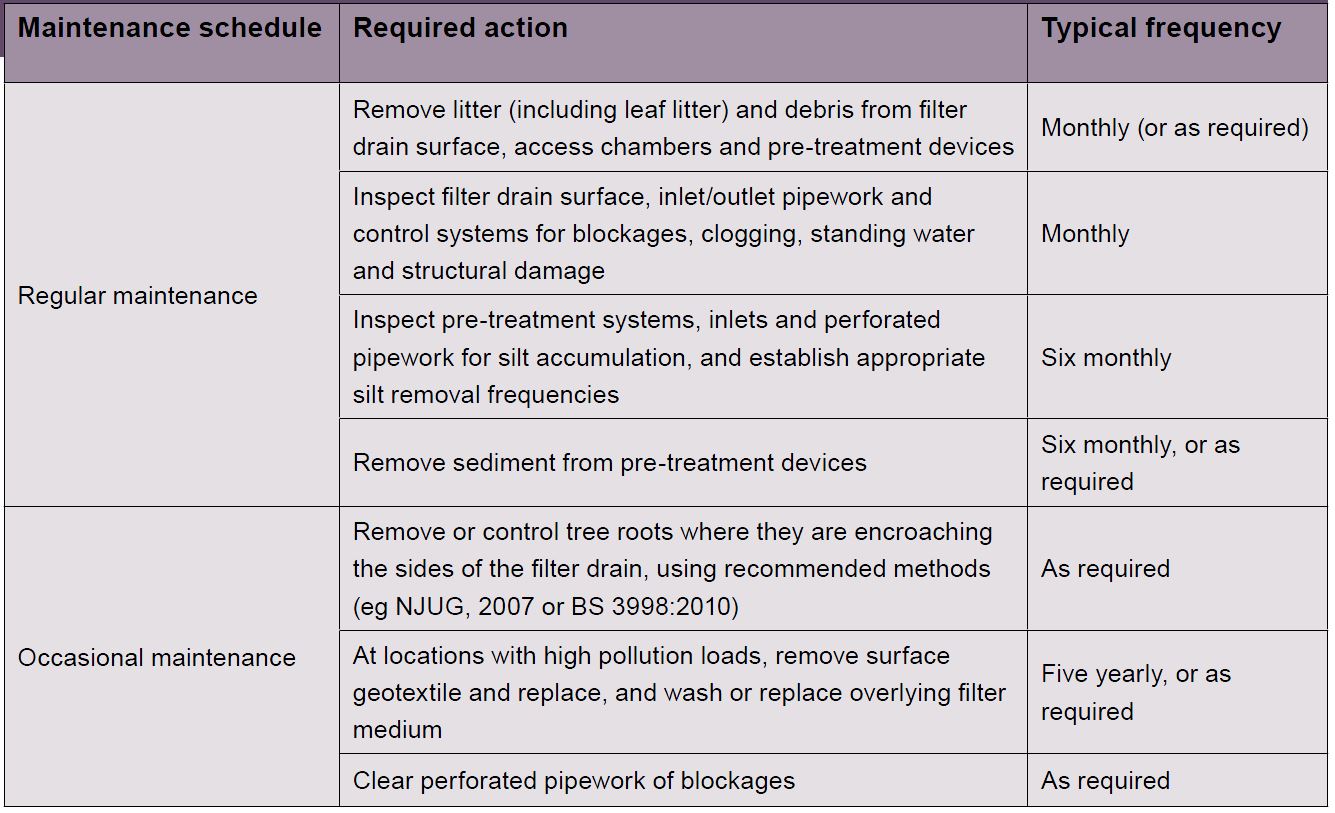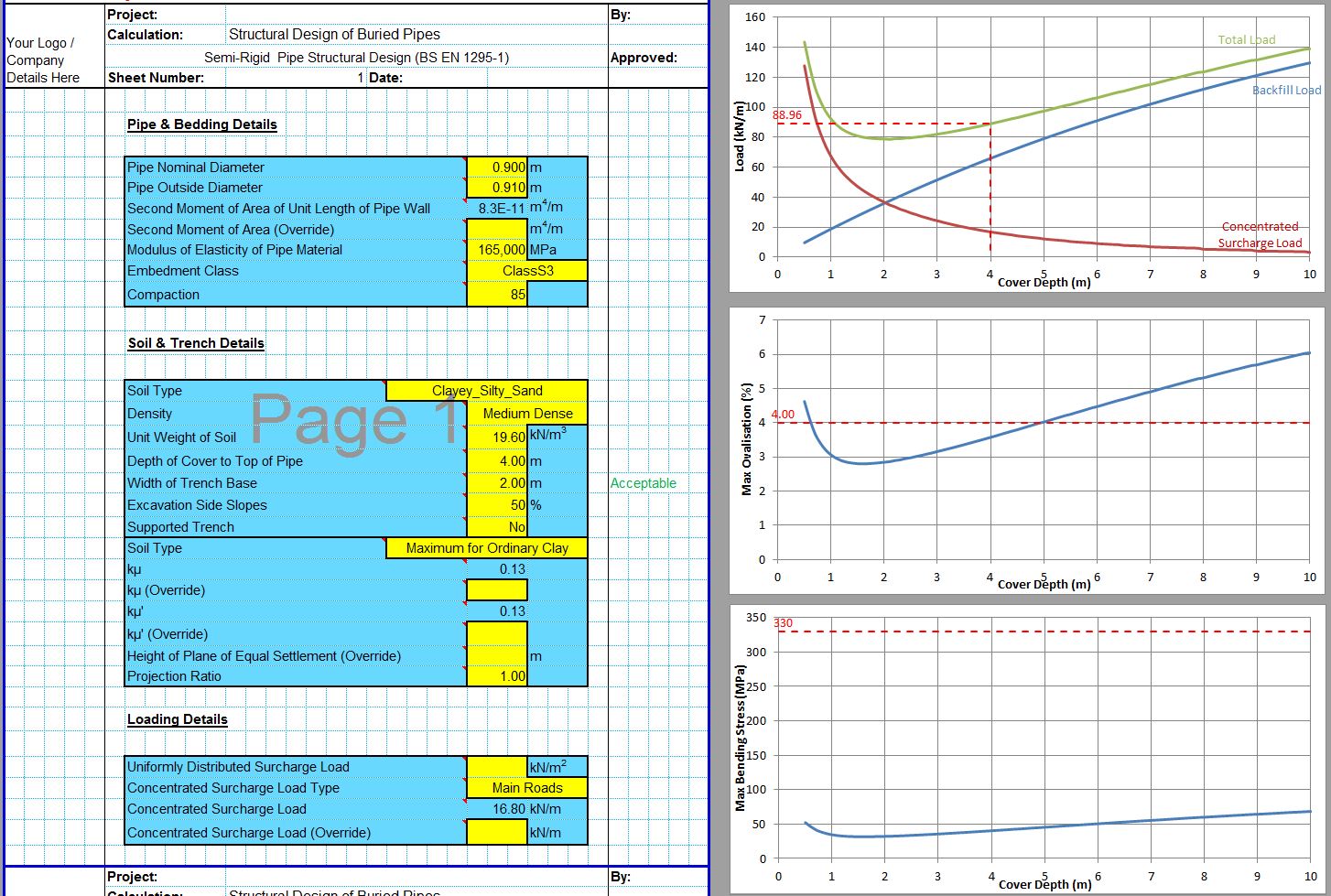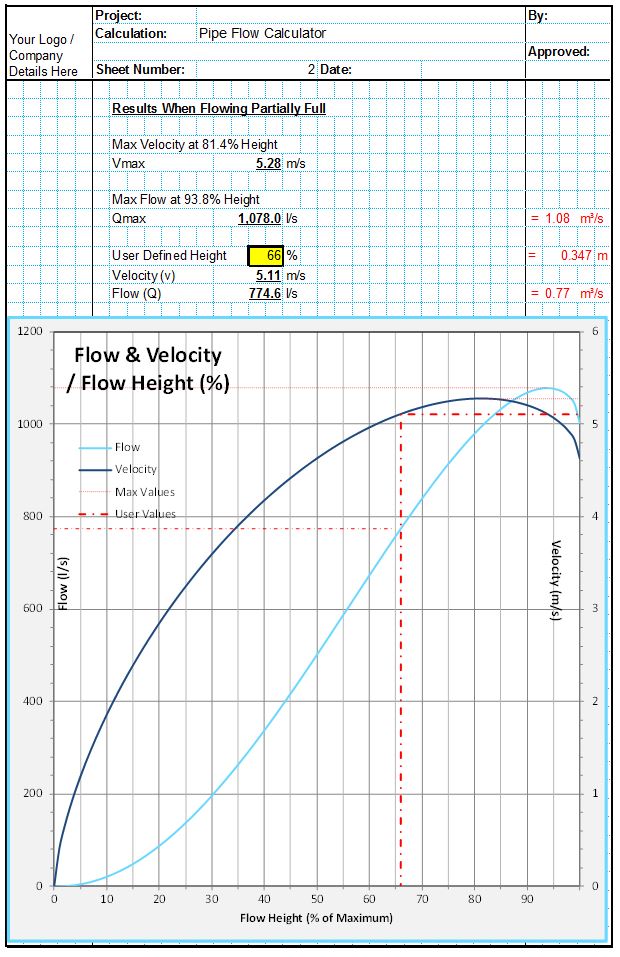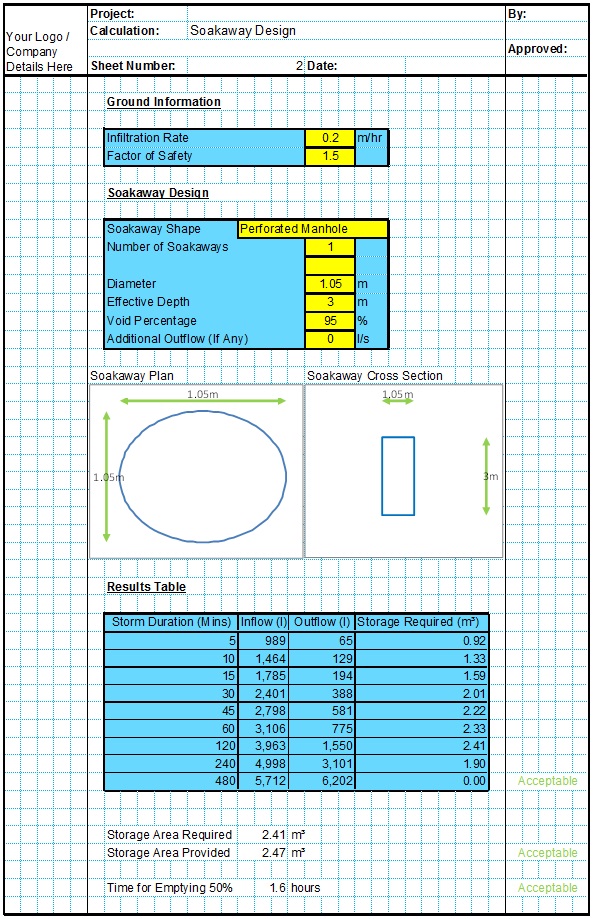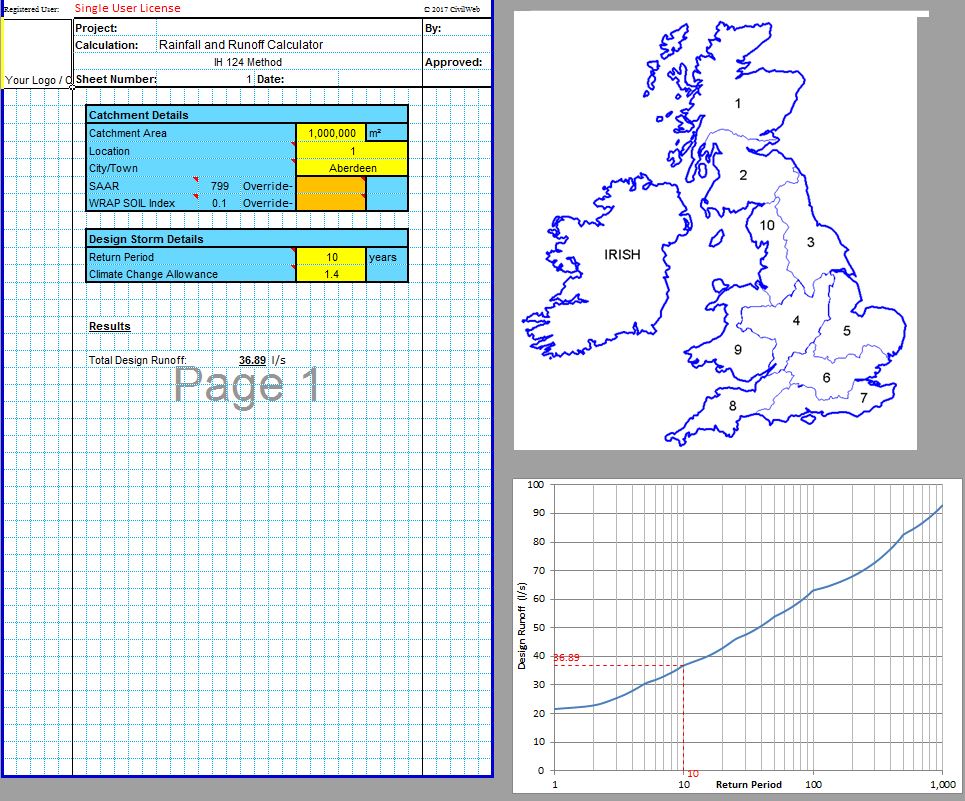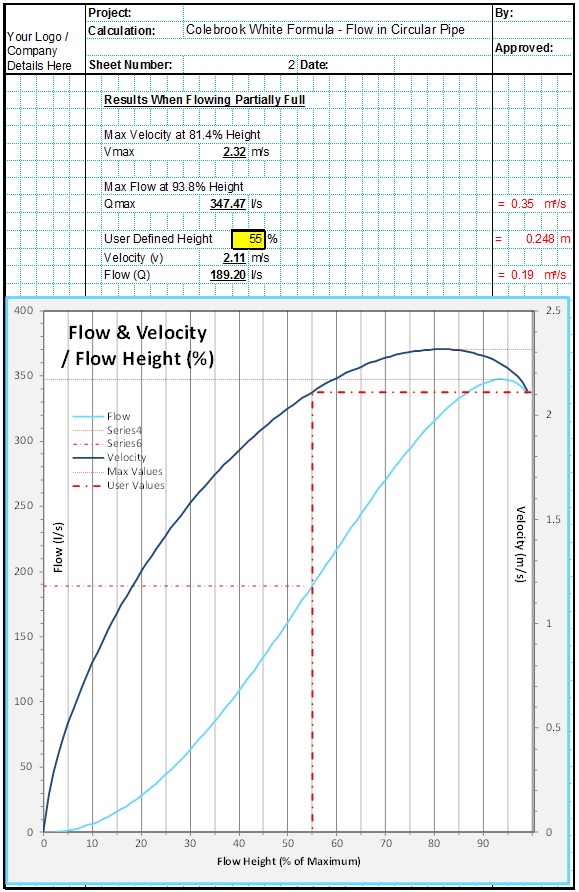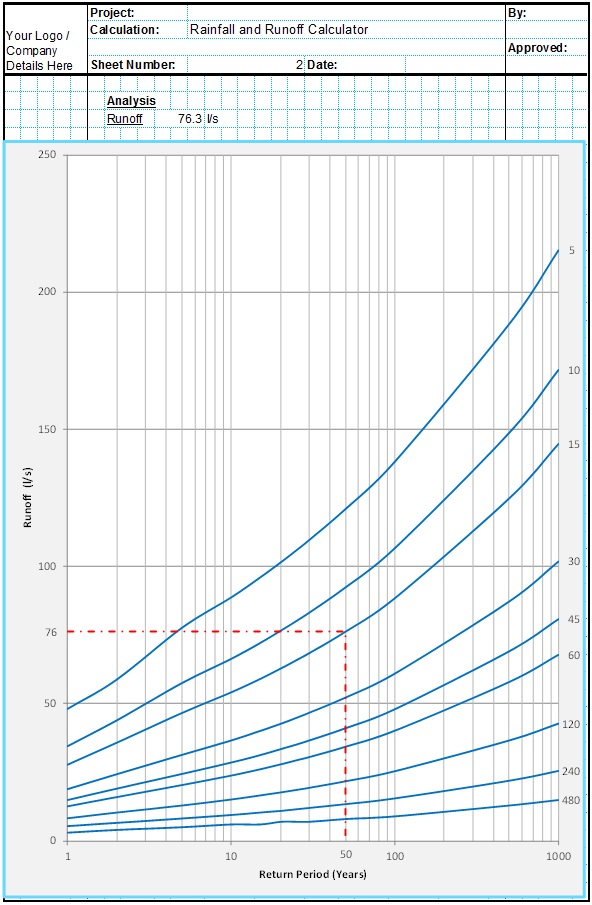French drain maintenance is essential if the french drain is to perform as designed for its whole anticipated design life. A suitable maintenance schedule will greatly reduce the likelihood of the french drain becoming clogged and will prolong the life of the french drain, reducing the need for the drain to be repaired or replaced. It will reduce the times when the french drain will not drain, for example when the french drain is clogged with mud. Further details are given in our French Drain Clogged post.
French Drain Maintenance Schedule
A typical french drain maintenance schedule has been compiled below which covers the most common maintenance issues and requirements affecting french drains. The french drain maintenance schedule should be compiled as part of the french drain design process. This ensures that any residual issues from the design are covered and mitigated through the proposed maintenance scheme.
The french drain maintenance schedule should outline all the routine maintenance activities required and recommend a frequency with which they are undertaken. Maintenance activities should be undertaken by the most appropriate organization. If this is a private person they must be made aware of their responsibilities in maintaining the french drain and the potential consequences if the french drain is allowed to deteriorate in condition over time. This is particularly the case where they will have a legal responsibility to maintain a french drain whose failure may affect other properties or businesses.
The designer must ensure that there is sufficient access available around the french drain in order for maintenance to be undertaken. Where regular replacement of a surface layer is expected for example, there must be sufficient space along the whole length of the french drain for excavation and material transport equipment to access the french drain. Any hazards or risks involved in routine maintenance activities should be assessed at design stage and eliminated, reduced or controlled where possible.
Typical French Drain Maintenance Activities
The following are typical maintenance activities which are likely to be required;
- Regular Inspection – The french drain should be regularly inspected in order to identify any problems or damage. Access points should be installed to allow regular inspection of the french drain pipework. These inspections can be monthly.
- Mow Grass – any grassed verges, swales or filter strips leading to the french drain will need to be maintained in order to provide continued protection to the drain from silt and debris.
- Weeding – Weeds can grow on the surface of a french drain, particularly in wet weather. These weeds will need to be removed by hand, no weedkiller should be allowed to enter the french drain where there may be a path to the groundwater. Weed growth is likely to die back in dry weather as the french drain dries out.
- Litter Removal – Litter, leaves and other debris is likely to accumulate at the surface of the french drain. This debris will begin to affect the flow rate through the surface if it is allowed to build up over time. This litter and debris should be periodically removed during a french drain cleanout. The amount of debris expected and the frequency of this maintenance depends on the location and catchment of the french drain. A french drain installed near to large trees can expect to be blocked with leaf litter each autumn for example which will need to be cleared.
- Silt Removal – Depending on the detail of the french drain it is highly likely that the drain will require sediments to be removed periodically during a french drain cleaning exercise. Where there is a geotextile layer separating the top layer of filter material only this top layer and geotextile will need to be replaced. However where there is no geotextile separated layer the whole of the filter material may need to be removed and replaced. The frequency of this replacement will depend on the lever of sediments present in the runoff. For a french drain accepting only runoff from roofs the level of sedimentation may be very low. For a french drain accepting runoff from a busy road or from an unsurfaced area this may be much higher. Silts taken from french drains are not typically toxic or hazardous though appropriate steps should be taken to ensure this waste is disposed of properly. This is detailed in a subsequent section of this guide. It is better to remove, clean and replace the filter material rather than dispose of it and replace with new. There are specialist contractors with equipment which can do this relatively cheaply.
- Tree Roots – Tree roots and the roots of other large plants are likely to grow towards the french drain, particularly where infiltration of water into the surrounding soils is allowed. Tree roots can cause damage for the french drain pipes and can affect the flow through rate of the filter materials. Where trees are located in the vicinity of the french drain the roots may need to be cut back during repair or replacement of the french drain. Where tree root ingress is expected an impermeable membrane and root guard geotextile can be used to prevent water from infiltrating into the surrounding soils and deter or prevent tree roots from encroaching on the french drain. Also sealed pipe sections with no perforations can be used when the pipe must pass through a tree root zone. This zone generally extends around 1.5m from any hedges or beneath the canopy of large trees.
- Blockages of Pipes – The french drain pipes can become blocked as sediments and fine materials enter the pipes through their perforations. Sediment loads entering the french drain can be limited by using a pre-treatment facility such as a filter strip or swale. Soil fines should be prevented from entering the filter strip by a separation geotextile installed around the outside of the french drain. This will prevent fines from the surrounding soils from migrating into the filter material and french drain. If the french drain does become blocked it will need to be cleared. Access sumps or points should be installed at both ends of the french drain run to allow access for maintenance activities such as drain clearing.
- Ochre Blocking of Pipes – Ochre is a generic term given to the deposits occurring in drainage pipes when soluble iron leaches from surrounding soils and oxidises. This can build up over time in the pipe which can lead to blockages. Where this is likely to occur in iron rich soils the french drain must be encased in an impermeable geotextile membrane to prevent soluble iron from leaching into the filter material. Where deposits are already present they must be removed and regular monitoring should be completed to ensure that the ochre does not block the pipe.
A typical maintenance plan is shown below taken from the SUDS Manual.
Sediment Waste Management
The maintenance of a french drain system will likely include the periodic removal of waste sediments and green waste such as leaf litter from the inlets. The french drain maintenance plan should include a waste management plan detailing the expected sediments and green waste which will be produced by typical maintenance activities and how these wastes are to be disposed of.
This will be very similar to the wastes produced in soakaway and other SUDS maintenance. Further information can be found on our Soakaway Waste Management post.
Get your copy of the CivilWeb French Drain Design spreadsheet now for only £20.
Or why not bundle with the CivilWeb Soakaway Design spreadsheet for only £5 extra?
Or save £50 by buying our full Drainage Design Suite including all our drainage design spreadsheets.
Download Free Trial Version
To try out a fully functional free trial version of this software, please Click Here or enter your email address below to sign up to our newsletter.
